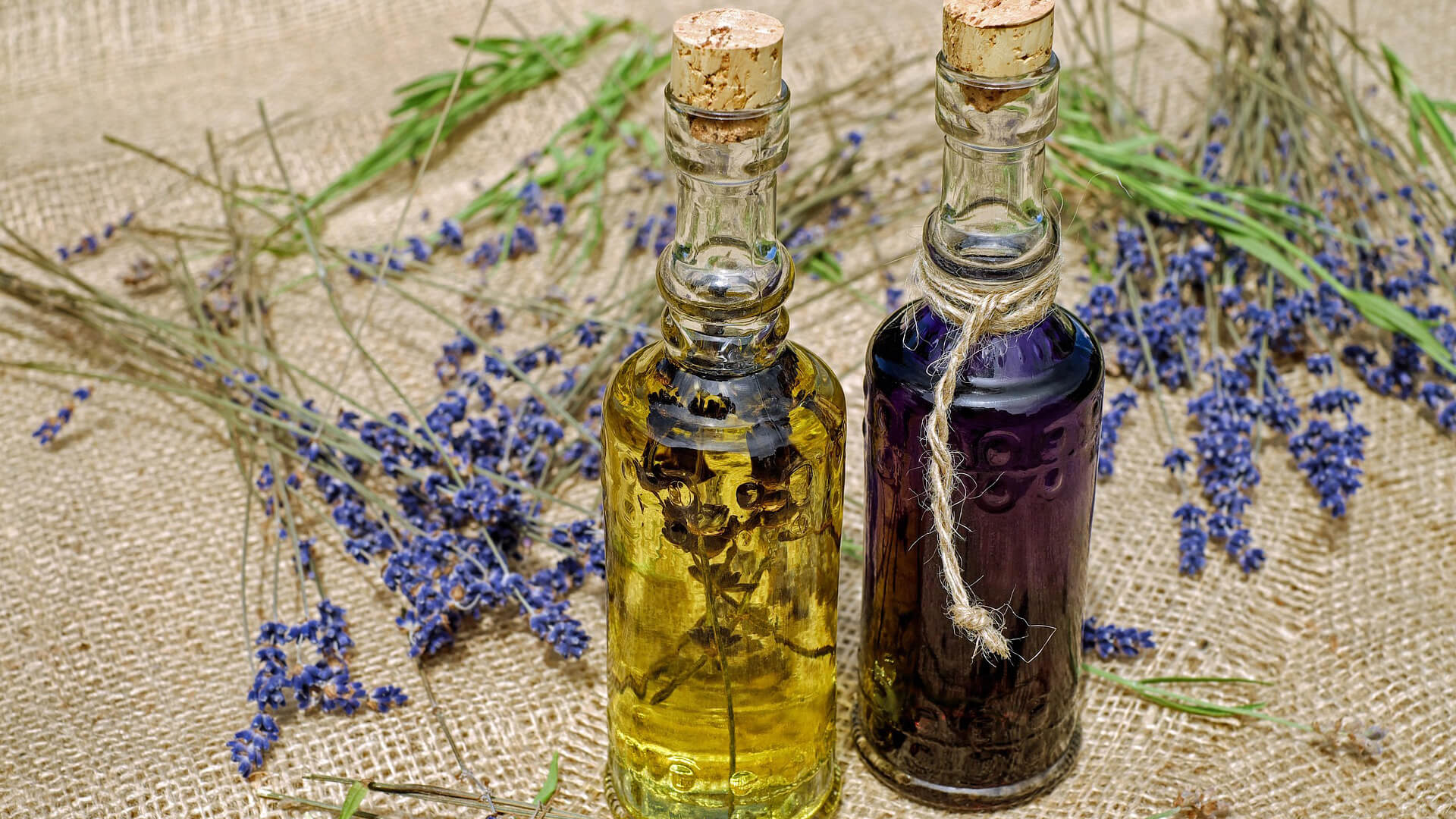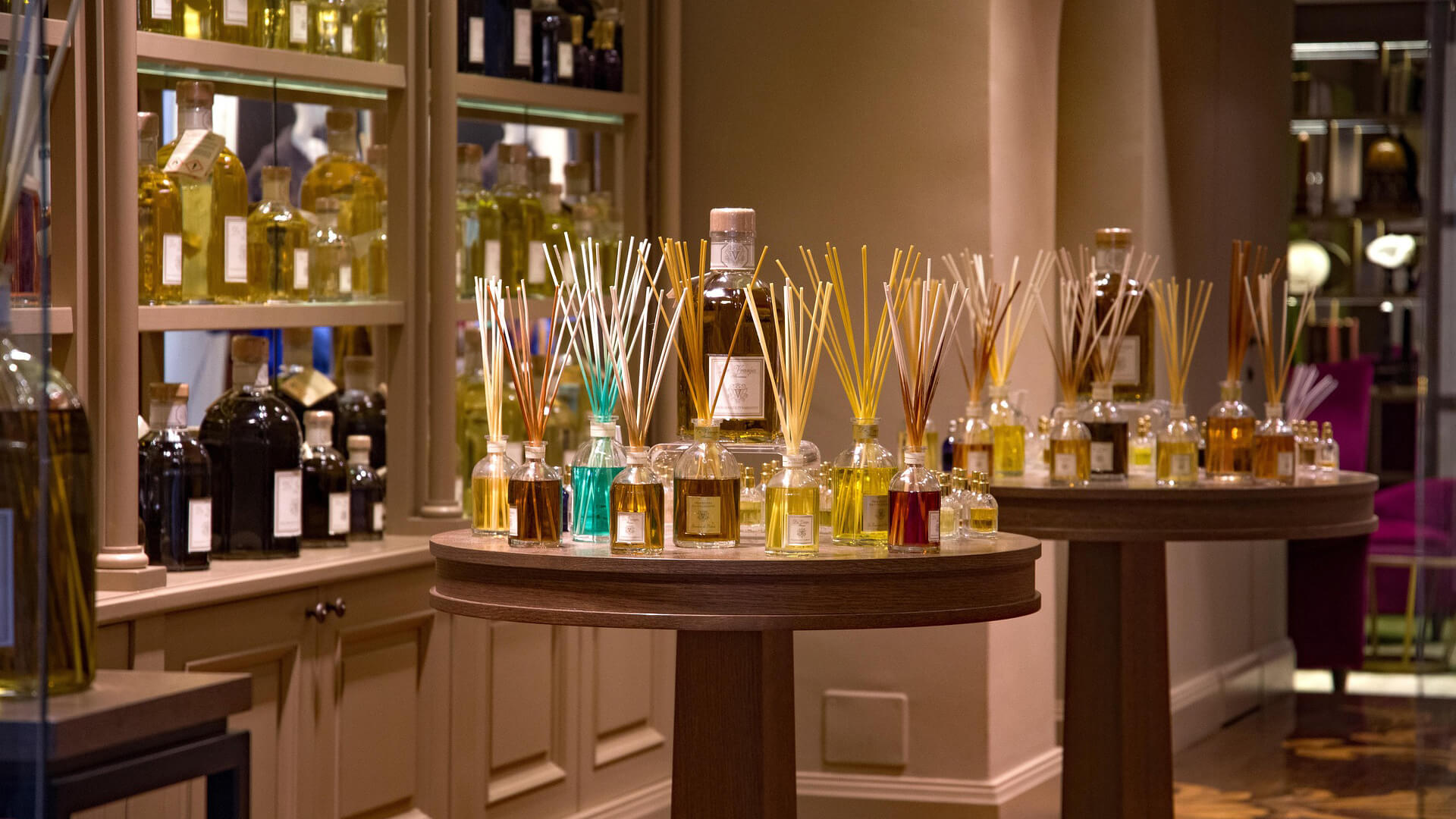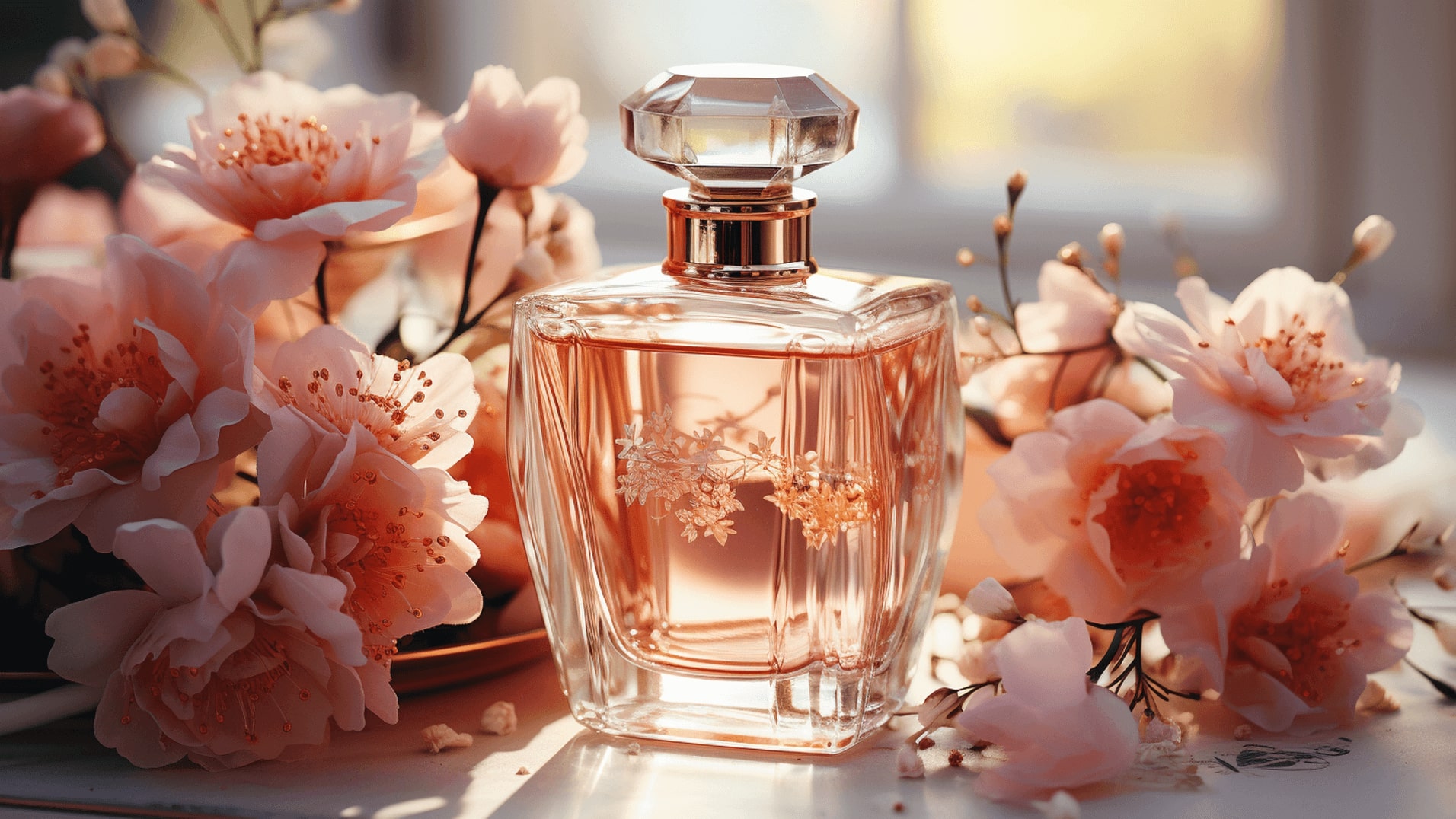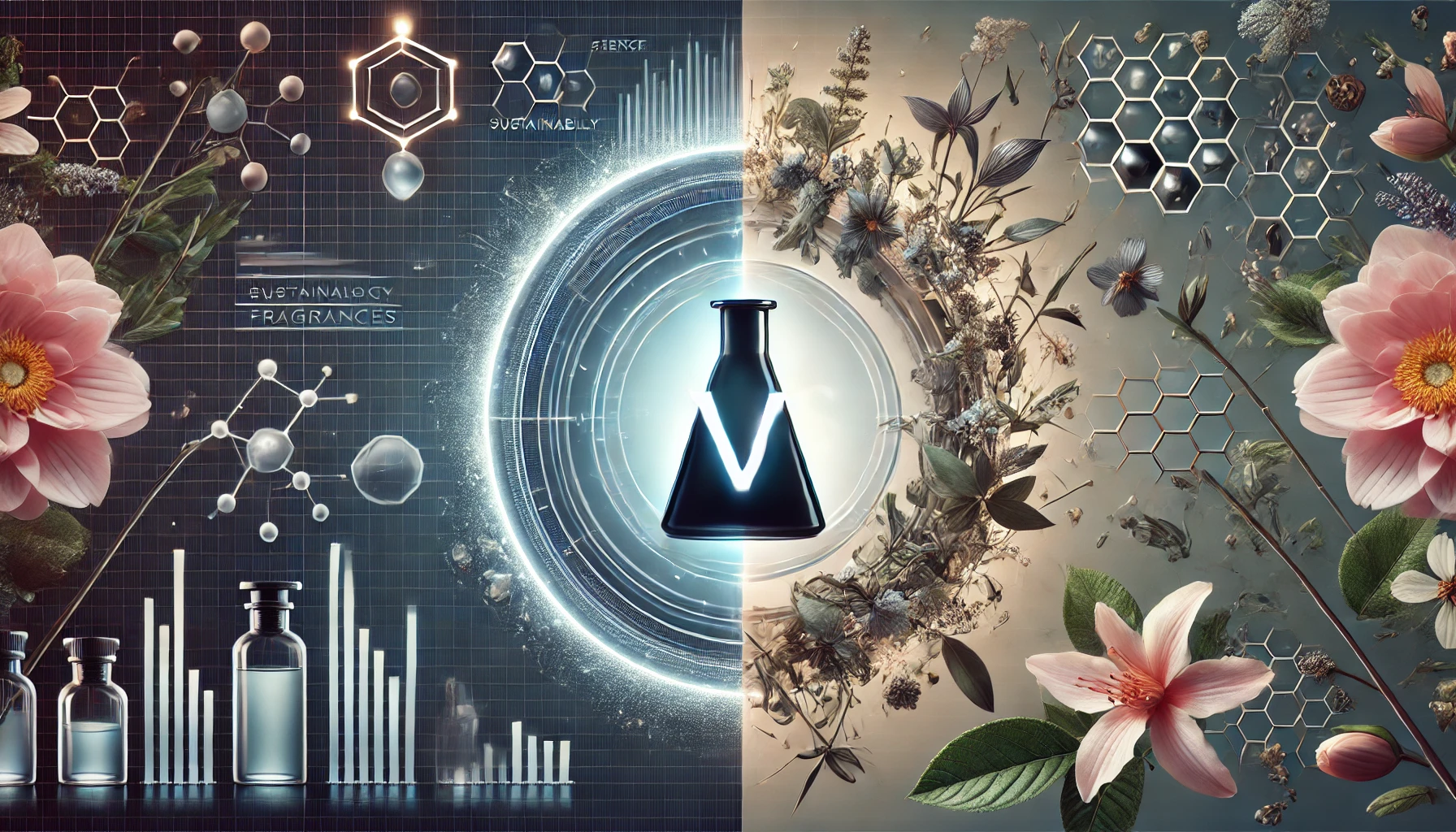Table of Contents
ToggleAdvancements in synthetic fragrance ingredients are behind the projected growth for the global fragrance ingredients market, which is expected to reach $21.94 billion by 2029, as reported by MarketsandMarkets. Currently, North America has the largest share, but Asia-Pacific is expected to grow faster than the other regions.
The Asia-Pacific market growth is spurred by rising consumer demand, higher disposable income, personal care product awareness, and affordable mass-produced fragrances as per Straits Research,
Another factor contributing to the positive outlook for the APEC region is the rising popularity of Chinese-style fragrances, prized for their unique fragrances and cultural appeal. Manufacturers are leveraging advanced technologies to modernize traditional Chinese formulas and create fragrance products that appeal to contemporary tastes.
In this blog, we will explore the difference between natural fragrances and synthetic fragrances, provide you more comprehensive view about the two major categories of fragrances.
What Are Natural Fragrances?
Natural fragrances are distilled or expressed essential oils derived from natural materials like roots, bark, leaves, seeds, and flowers of plants and trees, plus fruits and animals. Consumer demand for natural fragrances is rising because they are perceived as greener, safer, and healthier.

Why Do Manufacturers Use Natural Fragrances in Their Perfumes?
Natural fragrance oils are prized for their authentic scent and complex character that stem from their glorious notes. Their more authentic and complex scent profile has earned natural fragrances their reputation as products of high quality, perfect for creating refined aromatic fragrances and luxury perfumes.
Working with natural fragrance oils, perfumers have plenty of phenomenal notes to craft unique fragrance compositions. Many natural ingredients, like lavender and chamomile, also provide wellness benefits for use in aromatherapy.
In accord with the demands of environmentally conscious consumers, perfume industry stakeholders are following responsible sourcing and sustainable agricultural practices to ensure fragrances from natural sources are eco-friendly and sustainable.
Factors that Contribute to the Cost of Natural Ingredients
While natural ingredients are prized for their timeless aromatic profile, these ingredients come with increased operational costs.
Labor Costs
Harvesting natural ingredients is labor-intensive harvesting methods. Farm workers have to harvest fragile flowers by hand and handle them with the utmost care to safeguard their fragrance, adding to production costs.
Specialized Storage Requirements
Natural ingredients naturally tend to have a shorter shelf life than synthetic ingredients, so manufacturers are compelled to take measures boost their stability and consistency. These measures include special temperature-controlled storage conditions, preservatives and specialized packaging, which add to the costs of perfumes made with natural ingredients.
The high operational costs drives many manufacturers to explore synthetic alternatives which have a longer shelf live, incur lower storage costs, and remain stable over time.
Expense of Developing New Fragrances
Working with natural ingredients to develop a new fragrance is an expensive process. From sourcing raw materials for natural ingredients to complying with sustainable and ethical practices, every step adds to the costs.
Adhering to Industrial Regulations
Natural fragrances have to adhere to strict regulations by organizations like the International Fragrance Association (IFRA), the International Organization of the Flavor Industry (IOFI), and the International Organization for Standardization (ISO) to ensure their safety.
Complying with these rules involve testing for safety, voluminous documentation and may require reformulation, contributing to the time and cost of production.
Elaborate Logistics
Sourcing natural ingredients is a logistics nightmare. Ingredients are produced around the world, which complicates logistics. These ingredients must also be authenticated at source, which adds to costs. Sobfragrance sources raw ingredients from the world’s top fragrance suppliers, such as Givaudan, Firmenich, Robertet, and IFF.
Adhering to Sustainable and Ethical Practices
Consumers demand that perfume products must be the result of sustainable sourcing, fair wages for farmers, and environmental protection. Implementing these ethical practices adds to costs, but can’t be ignored.
Ensuring Consumer Safety
Many natural ingredients contain allergens. Manufacturers are obliged to do rigorous testing to ensure consumer safety when developing a new fragrance. The cost of testing for safety can’t be avoided.
All these factors, contribute to high cost of natural essences, which is why 95% of perfume makers blend synthetic ingredients with essential oils. Most perfumes on the market today are synthetic fragrances.
What Are Synthetic Fragrances?
Many consumers are not sure exactly what synthetic fragrances are. In perfumery, synthetic fragrances refer to man-made aromatic molecules created in labs using various chemical processes. Most use petrochemicals as a starting point. Initially, the purpose was for synthetic fragrances to replicate natural fragrances appearing in nature. However, perfumers soon found ways to create completely new aromas from scratch that don’t exist in nature.
The advent of organic chemistry at the end of the 19th century enabled the creation of synthetic fragrances. One of the first fragrance molecules synthesized was coumarin, a vanilla-like note found in Tonka Bean. Later, in the early 20th century, the synthesis of aldehydes, particularly Aldehyde C-12 and C-10, was a highlight in the development of synthetic fragrances when it was used to create the iconic Chanel No 5.
Synthetics can be divided into three groups:
- Non-natural synthetic fragrance – the product of a chemical process; a fragrance molecule that doesn’t exist in nature, such as aldehydes.
- Nature-identical synthetic fragrance – fragrance molecules created chemically and possessing the same chemical structure as an ingredient found in nature. For example, vanillin has the same chemical structure as vanilla.
- Natural isolates – fragrance molecules resulting from chemical processes performed on natural raw materials. One example is coumarin extracted from tonka beans, the seeds of the Brazilian teak tree.
Typical Synthetic Chemicals in Perfumery
Aldehydes – A group of synthetic compounds that lift other fragrant ingredients and bring them to life.
Synthetic Musk – Replaces the musk smell that used to be extracted from animals (the musk deer, civet, muskrats, beavers, and sperm whales). Give a smooth, sensual, and slightly sweet aroma.
Cashmeran – Reminiscent of the smell of cashmere, woody, spicy, and slightly floral.
Ambroxan – An alternative to the natural fragrance note, ambergris, creates a smooth, woody aroma that is musky in nature.
Coumarin – Smells like vanilla and fresh hay and occurs naturally in many plants.
Cinnamaldehyde – Has a spicy scent and is found in cloves and cinnamon.
Benzyl acetate – A strong floral aroma that smells like jasmine or ylang-ylang.

Why Do Perfume Manufacturers Use Synthetic Fragrances?
Perfumers use synthetic ingredients extensively, with many fragrances containing up to 70% synthetic components. Synthetics are popular ingredients in perfumes for cost and pragmatic reasons, and they provide almost inexhaustible choices for creative exploration. Below, we explore the reasons for their popular use in more detail.
Cost-effective
Over the past decade, the use of synthetics in perfumes has soared. This trend goes hand in hand with the sharp decline in natural resources and the complexity and cost of sourcing natural ingredients. Lab-created ingredients are typically less expensive than natural extracts. Due to the high cost of natural ingredients, 95% of perfume makers are mixing synthetic ingredients with essential oils to reduce costs.
Long-lasting
Most synthetic fragrances stem from petrochemicals, which use strong fixatives. Due to these fixatives, synthetic fragrances last long. Synthetic perfumes have a long shelf life, retaining their scent for up to five years. Their long shelf life makes synthetic perfumes popular among dealers and purveyors of fine fragrances and scented products.
Consistency
Synthetic ingredients are generally less volatile, and coupled with controlled manufacturing conditions, result in fragrances that are decidedly consistent, with the scent and quality identical across each lot.
Sustainability
Synthetic perfumes contribute to sustainability by not depending on natural resources. Natural fragrances require enormous amounts of natural ingredients to extract only a few fragrance oils, leaving mountains of waste. Making synthetic aromatic compounds doesn’t contribute to deforestation, and supply chains are also not overburdened by the transportation of natural raw materials.
Unique Compositions
Synthetics offers perfumers a playground of 3000 notes to create and innovate endlessly. This extensive palette enables perfumers to create countless unique fragrance compositions. Combined with essential oils the variety of scents becomes limitless; without synthetics, the possibilities would shrink dramatically.
Extend Natural Fragrances
Many captivating scents found in nature cannot be extracted into essential oils or absolutes. For instance, the aroma of certain fruits can’t be made into an essential oil, and the same applies to the elusive aroma of flowers like violets and lily-of-the-valley. Some wonderful smells can’t be traced to a physical thing and can’t be extracted from something physical – think about the smell of freshly cut grass or rain on a dusty road. Chemistry can recreate these and other elusive aromas and extend our joy in aromatic products.
Recreate Lost Fragrances
Synthetics can recreate fragrances that can no longer be obtained from natural resources. For example, musk, previously obtained from the glands of the musk deer, is now recreated with synthetic compounds that add a rich, sensual aroma to scents without harming animals.

Are natural fragrances safer than synthetic fragrances?
Many consumers are concerned about the health implications of synthetic perfumes ingredients and are actively pursuing perfumes made with natural ingredients. However, when a product contains natural ingredients, it doesn’t follow that it is safe. Natural ingredients also contain chemicals, such as allergens, which can cause harm. For instance, oakmoss is restricted due to its potential to cause skin sensitization (allergic reaction).
Strict Regulatory Control Ensures Safety
The point is that consumers need not concern themselves with the possible dangers of either natural or synthetic perfume ingredients. The perfume industry is tightly regulated, and all reputable fragrance manufacturers must adhere to rigorous safety standards established by regulatory bodies.
The International Fragrance Association (IFRA) and the Research Institute for Fragrance Materials (RIFM), have established strict guidelines to ensure that natural and synthetic compounds meet safety requirements for consumer use.
In addition, certifications such as ISO9000, ISO14001, and GMPC (Good Manufacturing Practice for Cosmetics) guarantee that the entire manufacturing process meets international standards for safety, quality, and environmental responsibility.
The bottom line? Only purchase your line of natural and synthetic perfumes from reputable perfume manufacturers.
The Advent of Green Chemistry
Advancements in chemistry have seen the emergence of green chemistry principles with a focus on creating synthetic fragrances that are safe and environmentally friendly. Green chemistry aims to reduce hazardous substances, minimize waste, and use sustainable resources.
IFRA has developed the IFRA Green Chemistry Compass to help fragrance ingredient manufacturers integrate green chemistry principles across company platforms, so they can design safer and more sustainable fragrance materials.
Conclusion
Nature with its many wondrous aromas gave birth to perfume-making centuries ago, culminating in the discovery of 500 notes that perfumers can use to orchestrate unique fragrance compositions, affording immense pleasure to perfume lovers. Then, synthetic fragrances arrived at the end of the 19th century and multiplied fragrance notes by six, giving perfumers an additional 3,000 to work their magic with.
Natural fragrance oils and absolutes have unsurpassed richness and depth, but natural perfumes owe their structure and longevity to synthetic fragrance oils. Synthetic fragrance oils, created in laboratories from petrochemicals, offer affordability and longevity.
The art of perfumery is a delicate balance of natural and synthetic fragrances, each contributing essential elements to perfume creation.
We perfume dealers, and distributors to explore our extensive range of well-balanced synthetic fragrance products and perfumes. Sobfragrance offers a wide range of perfume products as well as private-label services to entrepreneurs, brands, and dealers. Call our team today to find out how Sobfragrance experts can support your fragrance business.

